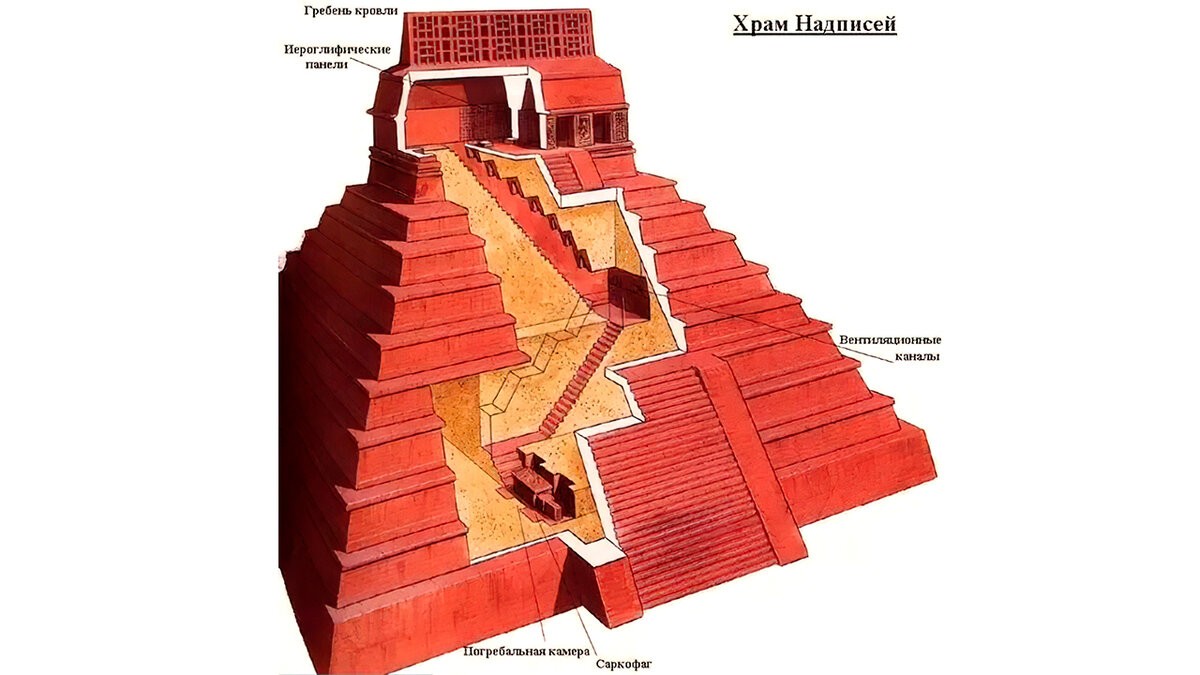Pakal the Great: The Maya King Buried in a 20-Ton Tomb — Man, God, or Alien?
Pakal the Great is not merely a ruler; he remains a mystery. His burial was discovered in 1952, the greatest find in archaeology, revealing much about Maya history while raising new questions. He ruled Palenque, a town tucked in a ring of hills. His tomb lies in a crypt that is nine meters long and seven meters high, built around a sarcophagus weighing about 20 tons. The precision of the tomb’s architecture invites speculation about what the Maya could do — or what those long-ago builders might have known.
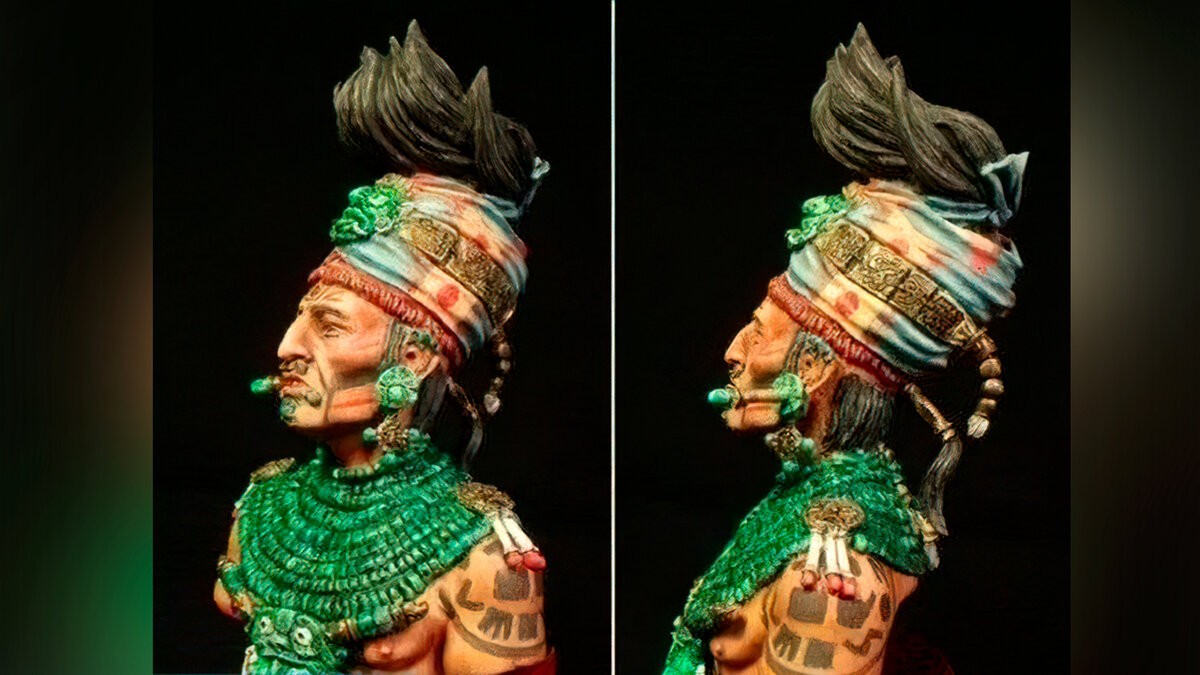
In This Article:
The Tomb That Encased a 20-Ton Sarcophagus
Palenque sits on a chain of hills where the king began his final journey. The crypt housing the sarcophagus is about nine meters long and seven meters tall; the architecture is flawless. Because the sarcophagus was so heavy, the temple was built around it. This engineering choice has fueled paleocontact theories, arguing that not everything about the past is as it seems.
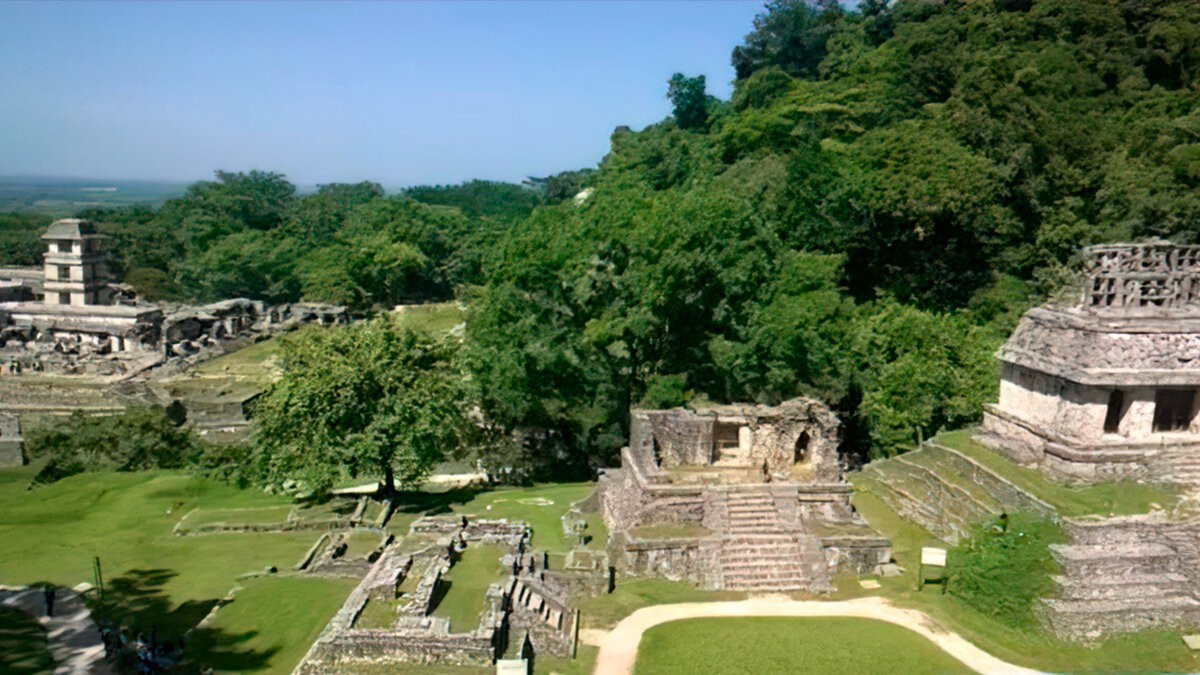
Carved Visions: Death, Life, and Sacred Power
On the upper slab lies a monstrous figure with large fangs and hollow eye sockets. Its head bears signs of death and life. The monster appears to feed on the living. A man in rich robes and jewelry sits nearby; a vine flows from the monster’s mouth toward him. The cross-like object is bent by a coiled, double-headed snake. On top sits Quetzal, a sacred Maya symbol. A mask of the rain god and a shield bearing the sun god’s image complete the scene.
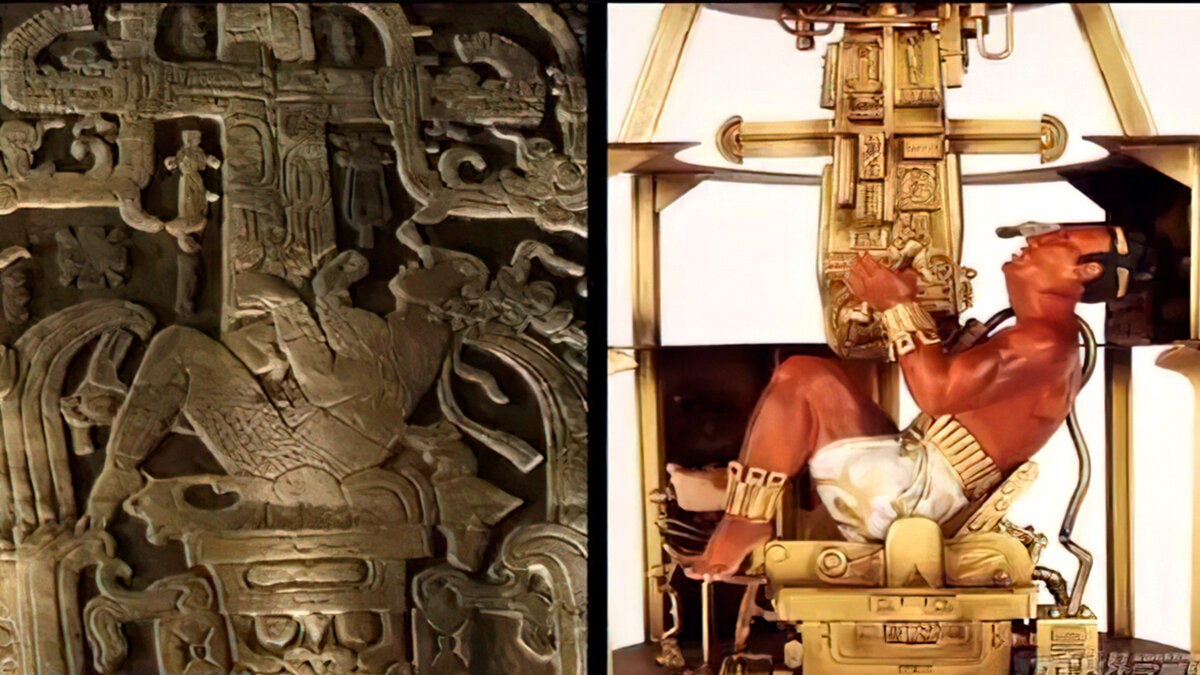
From Underworld to Rocket: Competing Readings
Early scholars debated whether the imagery depicted a descent into the underworld or an ascent into the heavens. In the 20th century, Erich von Däniken proposed a radical interpretation: the scene shows a rising rocket. The man seems to control a spacecraft with both hands on the controls, his left foot on a pedal, and his clothing arranged for ease of movement.
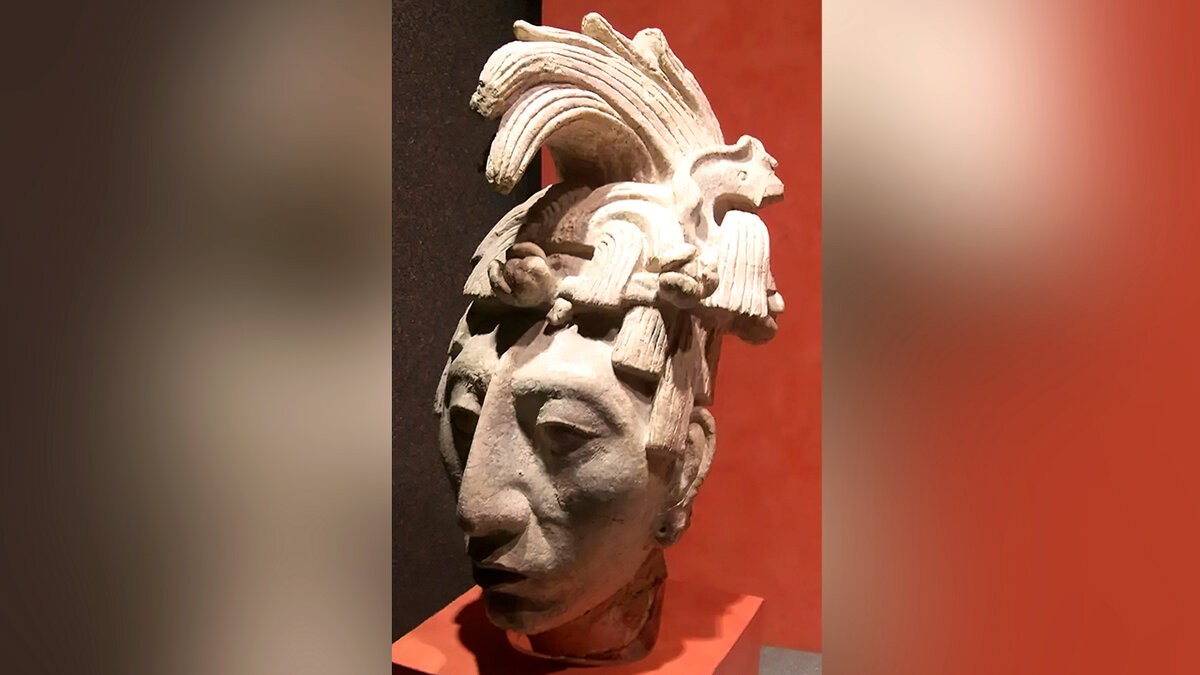
The Tomb, Its Tunnels, and the Enduring Question
The sarcophagus weighed around 20 tons, so the temple was constructed around it. Pakal’s features are described as a large nose, a broad forehead, a narrow face, and large eyes. His rule lasted sixty years, remarkable for the era’s shorter life expectancy. Under the temple, researchers uncovered a tunnel system spanning multiple levels in different directions; scientists believe these tunnels were built long before the temple. Pakal’s identity remains a mystery — was he a man, or something else entirely?
